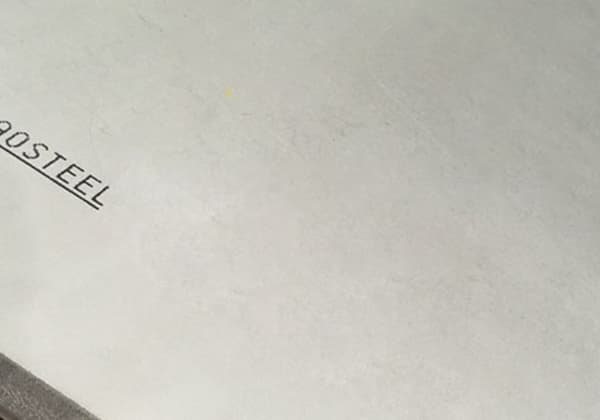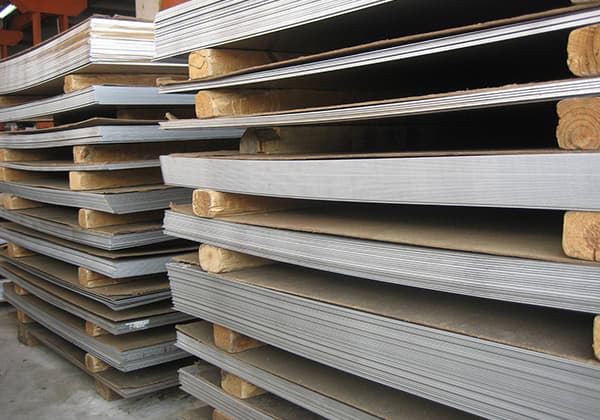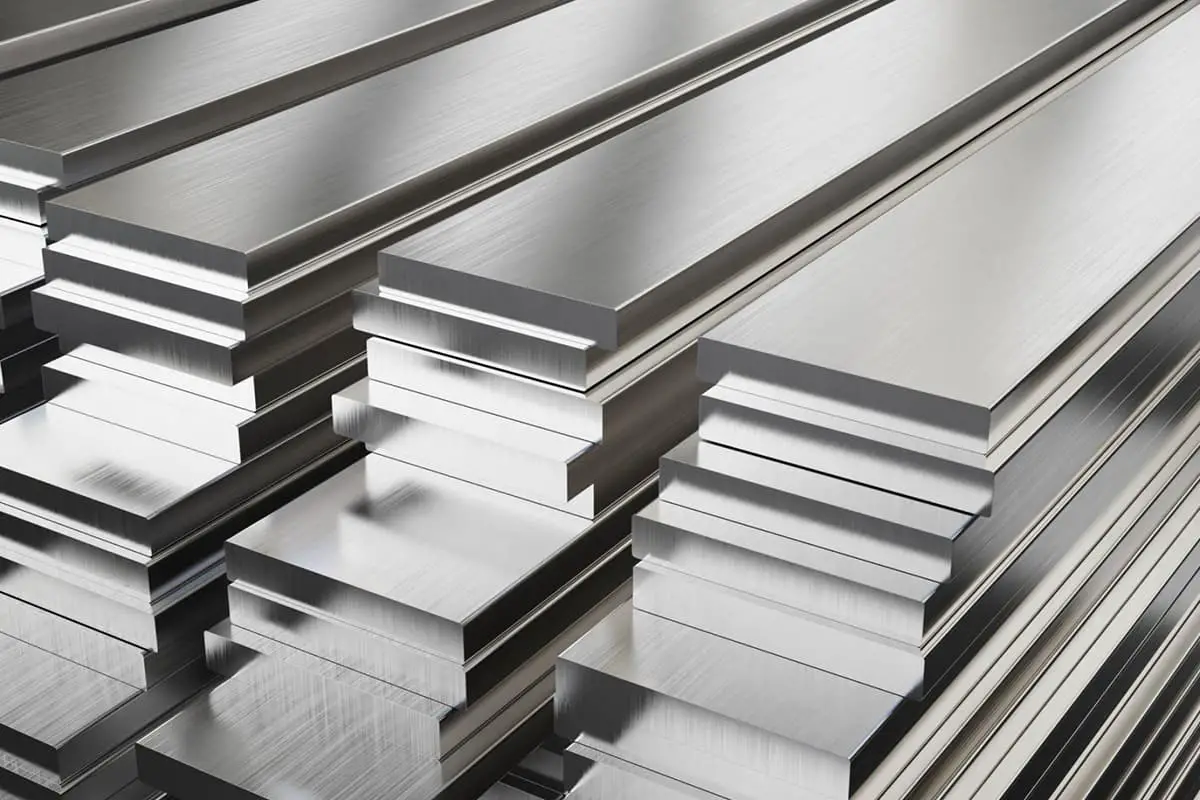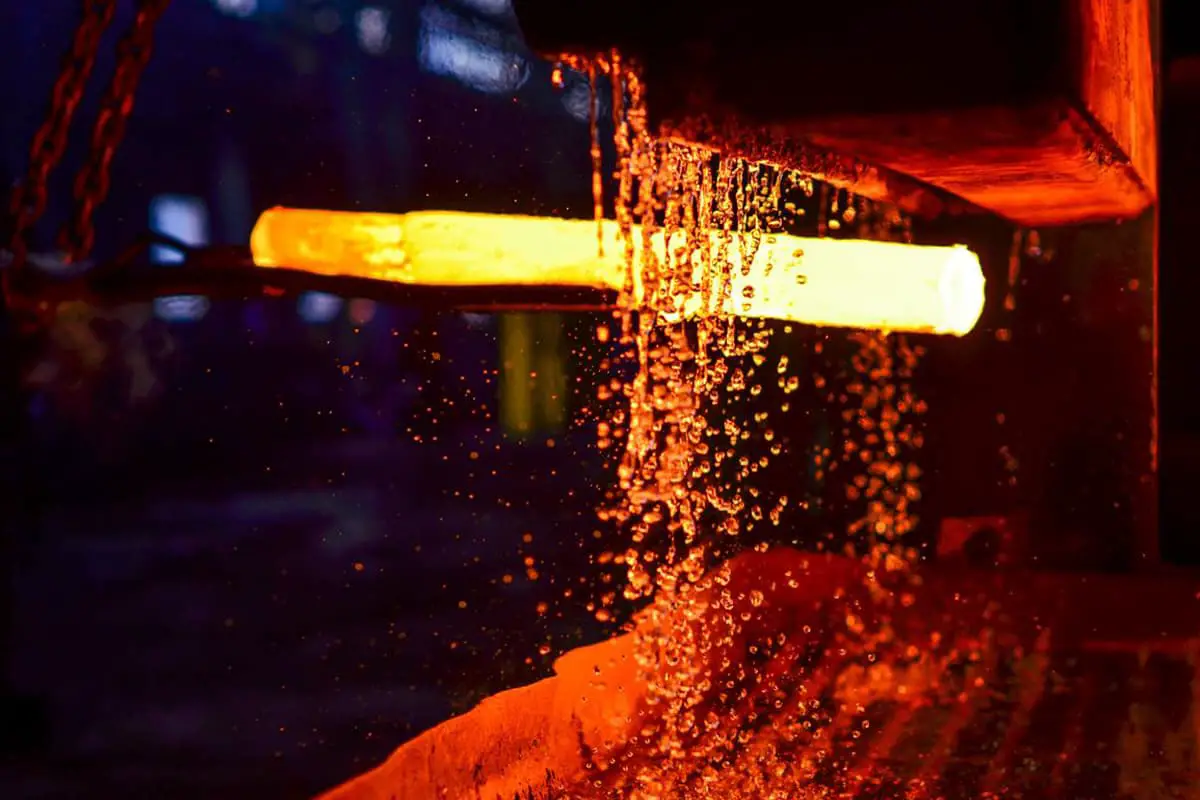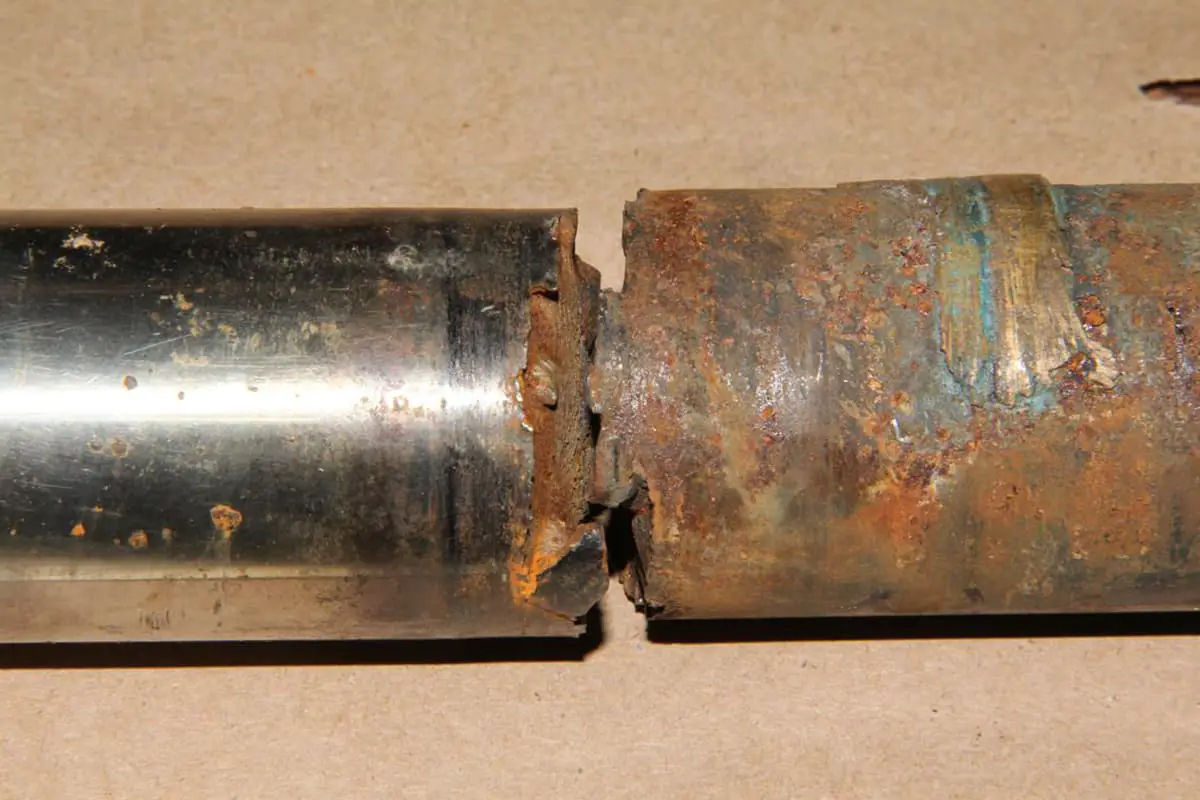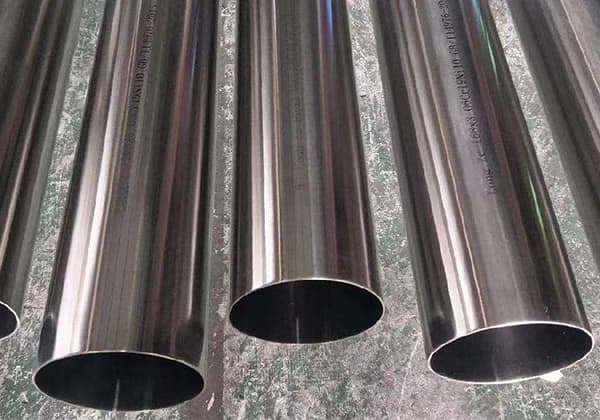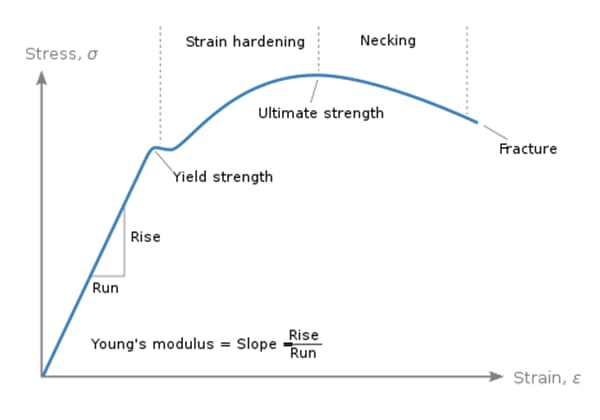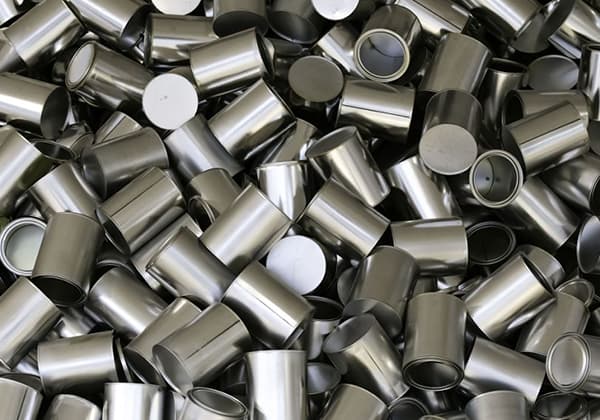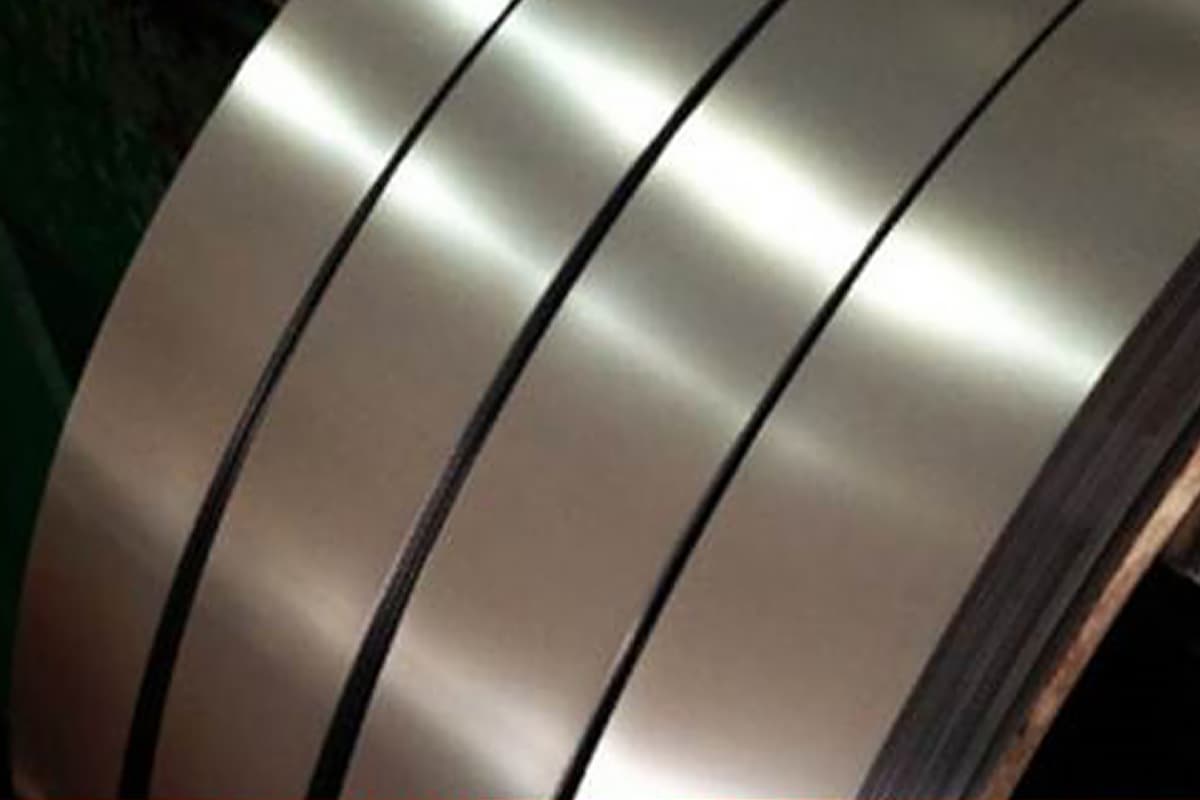
Have you ever wondered about the difference between the standard and actual thickness of stainless steel? In this blog post, we’ll dive into this intriguing topic, exploring the key factors that influence these measurements. Drawing from industry standards and expert insights, we’ll unravel the mysteries behind stainless steel thickness and equip you with valuable knowledge for your next project.
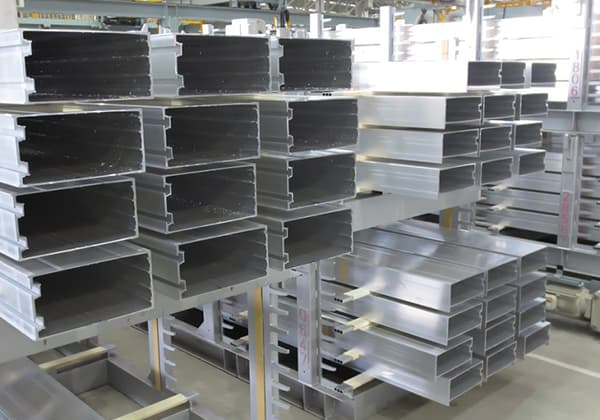
The standard thickness of stainless steel refers to the thickness value marked on it (such as 1mm, 2mm, 3mm, 4mm, etc.).
The actual thickness of stainless steel refers to its measured thickness (which is generally accurate to two decimal places, such as 0.85mm, 1.91mm, 2.75mm, 3.80mm, etc.).
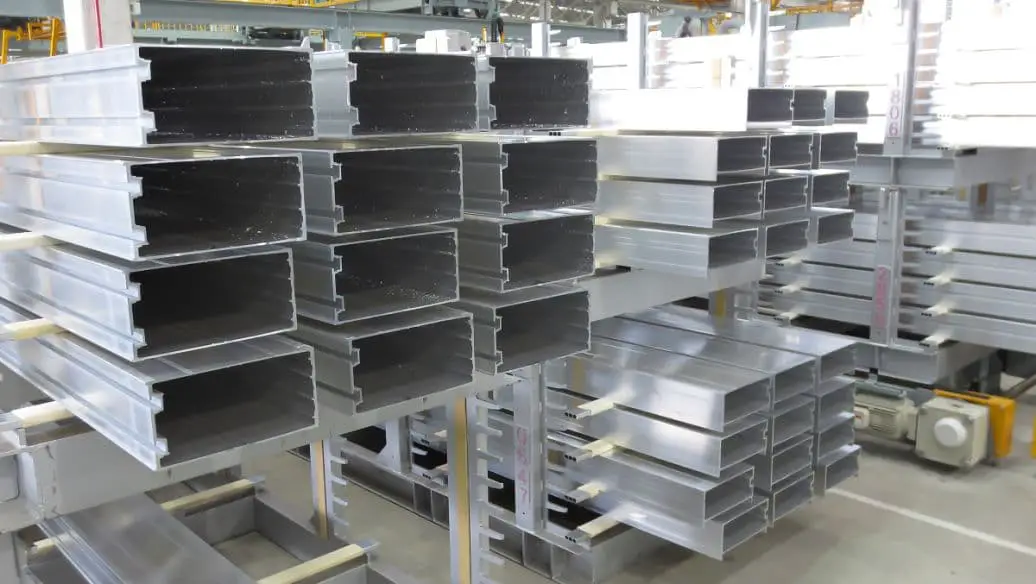
The difference between the standard and actual thicknesses of stainless steel plates depends on the standards for stainless steel materials.
The standard thickness of stainless steel plates can be based on the pressure-bearing standard GB/T24511-2017, the hot-rolled national standard GB/T4237-2015, the cold-rolled national standard GBT3280-2015, or the cold-rolled American standard ASTM A240/A240M-15a, among others.
The first three standards are the national standards for the tolerance of the thickness of stainless steel plates.
To understand the difference in thickness under the national standard, please refer to the comparison table of standard and actual thicknesses of stainless steel plates below.
Table ① and Table ②:
When the width of the steel plate is 1.2m, the comparison between the standard thickness and the actual thickness of the stainless steel plate is as follows:
Standard thickness and actual thickness comparison table of stainless steel plate ①
| Standard thickness | Real thickness (when the width of the steel plate is 1.2m) (unit: mm) | ||||
| General | Comply with pressure-bearing standard GB/T24511-2017 | Conform to the national standard of hot rolling GB/T4237-2015 | Conform to the national standard of cold rolling GB/T3280-2015 | Conform to American Standard for Cold Rolling ASTM A240/A240M-15a | |
| 0.5 | 0.3~0.5 | – | – | 0.45~0.55 | 0.46~0.54 |
| 0.8 | 0.6~0.8 | – | – | 0.71~0.89 | 0.75~0.85 |
| 1 | 0.8~1 | – | – | 0.9~1.1 | 0.94~1.06 |
| 1.2 | 1~1.2 | – | – | 0.9~1.1 | 1.12~1.28 |
| 1.5 | 1.2~1.5 | – | – | 1.38~1.62 | 1.42~1.58 |
| 2 | 1.6~2 | – | 1.78~2.22 | 1.83~2.17 | 19~2.1 |
| 2.5 | 2.2~2.5 | – | 1.78~2.22 | 2.28~2.72 | 2.4~2.6 |
| 3 | 2.6~3 | 2.75~3.25 | 2.75~3.25 | 2.78~3.22 | 2.87~3.13 |
Comparison Table of Standard Thickness and Actual Thickness of Stainless Steel Plate ②
| Standard thickness | Real thickness (when the width of the steel plate is 1.2m) (unit: mm) | ||||
| General | Comply with pressure-bearing standard GB/T24511-2017 | Conform to the national standard of hot rolling GB/T4237-2015 | Conform to the national standard of cold rolling GB/T3280-2015 | Conform to American Standard for Cold Rolling ASTM A240/A240M-15a | |
| 4 | 3.5~4 | 3.72~4.28 | 3.72~4.28 | 3.75~4.25 | 3.83~4.17 |
| 5 | 4.5~5 | 4.7~5.31 | 4.69~5.31 | 4.65~5.35 | 4.83~5.17 |
| 6 | 5.5~6 | 5.7~6.33 | 5.67~6.33 | 5.6~6.4 | 5.8~6.2 |
| 8 | 7.5~8 | 7.7~8.38 | 7.62~8.38 | 7.5~8.5 | 7.77~8.23 |
| 10 | 9.5~10 | 9.710.42 | 9.58~10.42 | – | – |
| 12 | 11.5~12 | 11.7~12.45 | 11.55~12.45 | – | – |
| 14 | 13.5~14 | 13.7~14.45 | 13.55~14.45 | – | – |
| 16 | 15.5~16 | 15.7~16.5 | 15.55~16.45 | – | – |
Table ③ and Table ④:
When the width of steel plate is 1.5m, the standard thickness and actual thickness of stainless steel plate are compared as follows:
Standard thickness and actual thickness comparison table of stainless steel plate ③
| Standard thickness | Real thickness (when the width of the steel plate is 1.5m) (unit: mm) | ||||
| General | Comply with pressure-bearing standard GB/T24511-2017 | Conform to the national standard of hot rolling GB/T4237-2015 | Conform to the national standard of cold rolling GB/T3280-2015 | Conform to American standard STMA240/A240M-15a of cold rolling | |
| 0.5 | 0.3~0.5 | – | – | 0.42~0.58 | – |
| 0.8 | 0.6~0.8 | – | – | 0.7~0.9 | – |
| 1 | 0.8~1 | – | – | 0.88~1.12 | 0.92~1.08 |
| 1.2 | 1~1.2 | – | – | 1.08~1.32 | 1.12~1.28 |
| 1.5 | 1.2~1.5 | – | – | 1.35~1.65 | 1.4~1.6 |
| 2 | 1.6~2 | – | – | 1.8~2.2 | 1.89~2.11 |
| 2.5 | 2.2~2.5 | – | – | 2.25~2.75 | 2.37~2.63 |
| 3 | 2.6~3 | 2.72~3.28 | 2.72~3.28 | 2.75~3.25 | 2.85~3.15 |
Comparison Table of Standard Thickness and Actual Thickness of Stainless Steel Plate ④
| Standard thickness | Real thickness (when the width of the steel plate is 1.5m) (unit: mm) | ||||
| General | Comply with pressure-bearing standard GB/T24511-2017 | Conform to the national standard of hot rolling GB/T4237-2015 | Conform to the national standard of cold rolling GB/T3280-2015 | Conform to American Standard for Cold Rolling ASTM A240/A240M-15a | |
| 4 | 3.5~4 | 3.7~4.31 | 3.69~4.31 | 3.6~4.4 | 3.83~4.17 |
| 5 | 4.5~5 | 4.7~5.33 | 4.67~5.33 | 4.55~5.45 | 4.81~5.19 |
| 6 | 5.5~6 | 5.7~6.36 | 5.64~6.36 | 5.556.45 | 5.77~6.23 |
| 8 | 7.5~8 | 7.7~8.39 | 7.61~8.39 | 7.5~8.5 | 7.75~8.25 |
| 10 | 9.5~10 | 9.7~10.43 | 9.57~10.43 | – | – |
| 12 | 11.5~12 | 11.7~12.47 | 11.53~12.47 | – | – |
| 14 | 13.5~14 | 13.7~14.47 | 13.53~14.47 | – | – |
| 16 | 15.5~16 | 15.7~16.53 | 15.53~16.47 | – | – |
The standard for the actual thickness of stainless steel 304 is the same as the previous example.
The actual thickness of stainless steel 304 can be determined based on the relevant width and standard of the stainless steel plate.
It’s important to note that the actual thickness of stainless steel is usually lower than its standard thickness.
The standard thickness is also known as the theoretical thickness.
For instance, a stainless steel plate with an actual thickness of 2.75mm or 2.8mm will be considered a 3mm (i.e. 3mm thick) plate.
When buying stainless steel plates, it’s crucial to be aware of the difference between the actual and standard thickness.
If the cost of the stainless steel material is calculated based on its weight, the price per unit weight is mainly impacted by market conditions and material quality.
If the total price of stainless steel material is calculated based on theoretical weight (weight calculated using the standard thickness; see calculation formula for steel plate weight), the price per unit weight is influenced by a combination of factors, including the difference between the standard thickness and the actual thickness, market conditions, and material quality.

